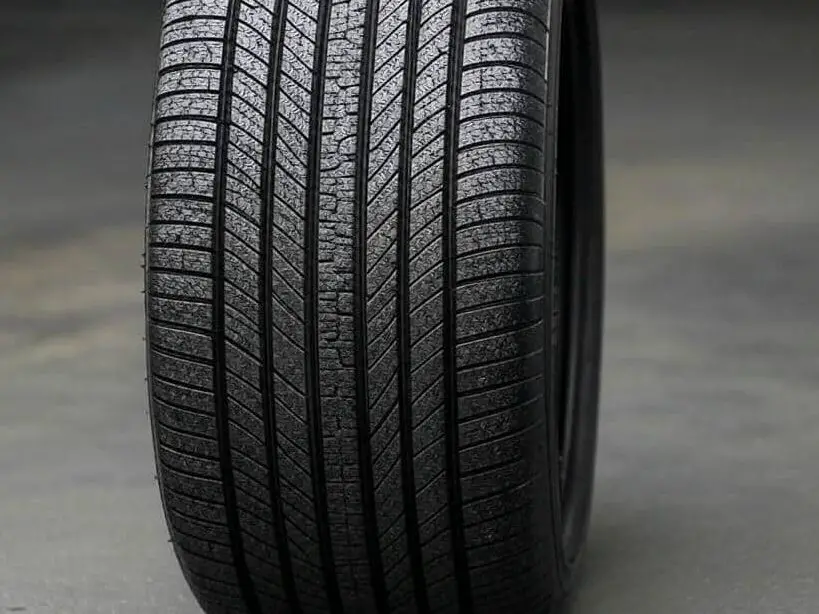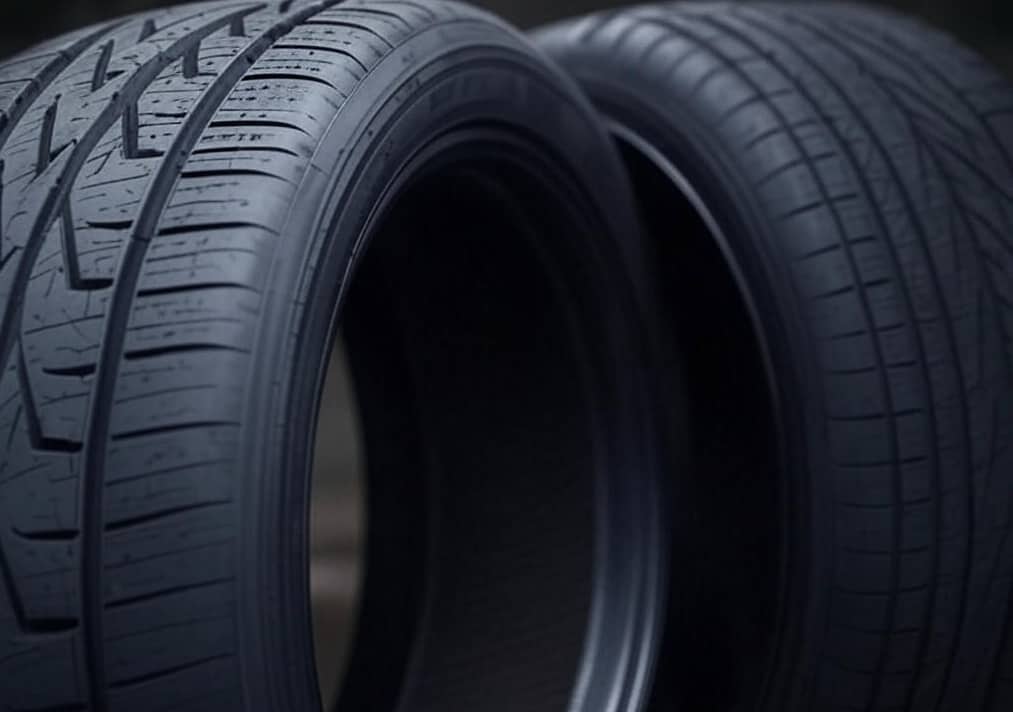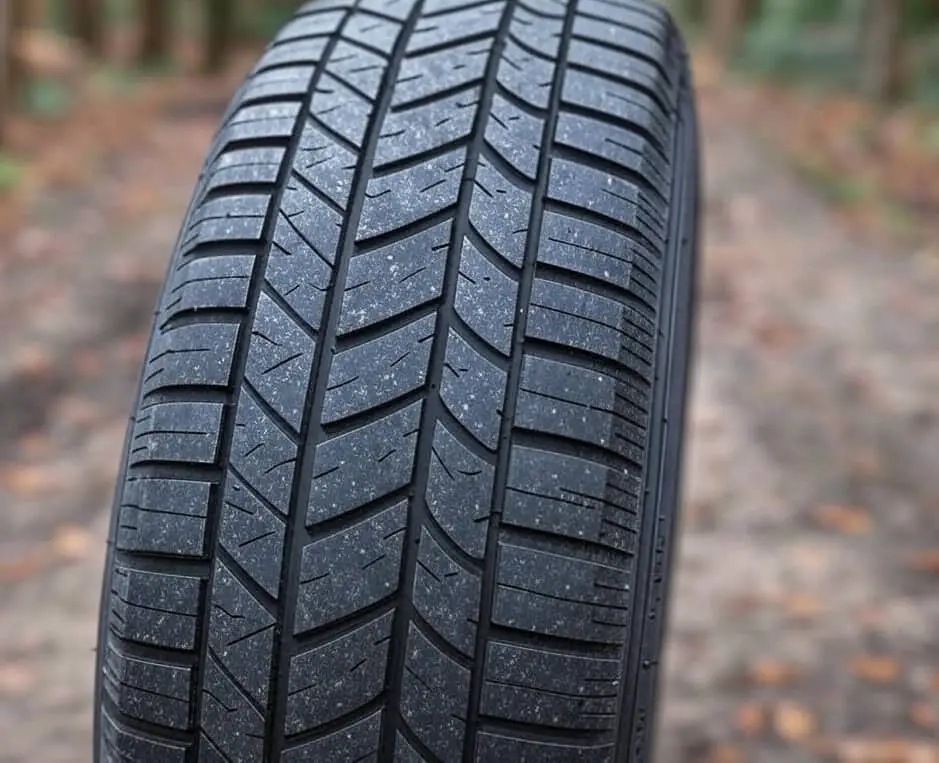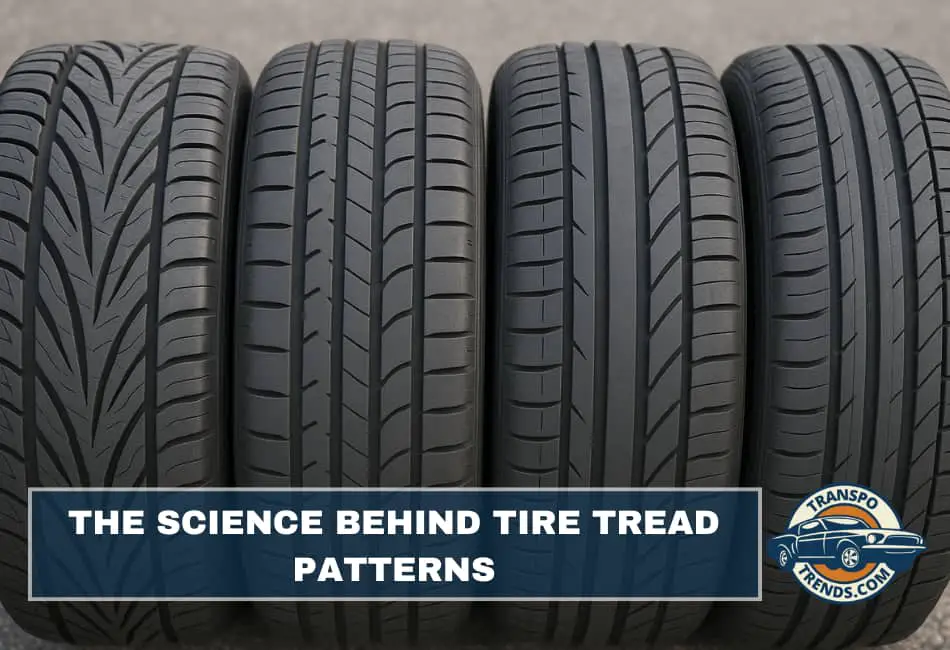One key aspect of tire maintenance is understanding their tread patterns. Tread patterns are not just about looks; they play a significant role in how your tires perform in different driving conditions.
Have you ever looked at your tires and wondered why they have those specific patterns? Or maybe you have seen different patterns on other cars and thought about what makes them unique?
Well, you are not alone. Tires are more than just rubber circles; they are engineered to perform specific tasks based on their design.
Imagine you are driving on a rainy day. The water on the road can make your tires hydroplane, reducing traction and making your car harder to control.
The tread pattern on your tires is designed to channel water away, helping to maintain grip. But not all tread patterns are created equal. Some are better for wet conditions, some for dry, and some for off-road adventures.
In this article, we will explore the science behind different tire tread patterns—symmetric, asymmetric, and directional—and how they impact traction, wear, and performance across various conditions. By understanding these patterns, you can make informed decisions when choosing new tires for your vehicle.
Symmetric Tread Patterns

Symmetric tread patterns are the most common and are found on many passenger cars. The pattern is the same on both sides of the tire, meaning if you cut the tire in half vertically, both halves would look identical.
Why They Matter
- Even Wear: Because the pattern is uniform, symmetric tires wear evenly across the tread. This even wear leads to longer tire life and better fuel efficiency, which can save you money over time and reduce the frequency of replacements.
- All-Around Performance: These tires are designed for general use, providing good traction on dry and wet roads, but they might not excel in extreme conditions like heavy rain or off-road driving. They are versatile, making them suitable for a wide range of vehicles, from sedans to minivans.
- Comfort and Stability: Symmetric tires offer a smooth ride and good directional stability, making them ideal for daily commuting and long-distance driving.
Asymmetric Tread Patterns

Asymmetric tread patterns have different designs on the inner and outer sides of the tire. The outer side typically has a more aggressive pattern for better cornering and wet traction, while the inner side has a pattern that enhances stability and comfort.
Why They Matter
- Handling and Cornering: The outer side’s design provides better grip during turns.
- Wet Traction: The specific tread design on the outer side also helps in expelling water, reducing the risk of hydroplaning. This is crucial for safety during rainy drives, ensuring you maintain control even when the roads are slick.
- Versatility: Asymmetric tires offer a balance between performance and comfort, suitable for drivers who want a bit of both. They are often found on sports cars and some SUVs, catering to those who need both agility and stability.
Directional Tread Patterns

Directional tread patterns have a specific direction of rotation, often indicated by an arrow on the tire’s sidewall. These patterns are designed to channel water away from the tire as it rotates in the correct direction.
Why They Matter
- Water Displacement: The V-shaped grooves direct water to the sides of the tire, improving traction in wet conditions. This is particularly important in heavy rain, where the risk of hydroplaning is high, keeping you safer on the road.
- Off-Road Performance: Directional tires are often used on SUVs and trucks for their ability to handle mud and snow effectively. Their design allows them to dig into loose surfaces, providing grip where symmetric or asymmetric tires might struggle.
- High-Speed Stability: They provide good road-holding at high speeds due to their ability to maintain contact with the road, ensuring stability even when driving fast on highways.
Comparing Traction, Wear, and Performance
To summarize the impacts of each tread pattern, let us compare them across three key areas: traction, wear, and performance across conditions.
Traction
Traction refers to the tire’s ability to grip the road, which is crucial for acceleration, braking, and cornering.
- Symmetric: Good in dry and wet conditions but may not be as effective as asymmetric or directional tires in extreme conditions. They provide steady grip for everyday driving.
- Asymmetric: Excellent in wet conditions and during cornering due to the outer tread design. The larger blocks on the outer side enhance grip, making them ideal for performance driving in varied conditions.
- Directional: Best for wet conditions and off-road, with good grip in mud or snow. Their V-shaped grooves channel water away, reducing hydroplaning, and provide traction on loose surfaces like gravel or snow.
Wear
Wear is about how long the tire lasts, influenced by the pattern and how evenly it wears over time.
- Symmetric: Even wear leads to longer tire life if maintained properly. Their uniform design ensures that the tire wears down evenly, which can extend lifespan and save on replacement costs.
- Asymmetric: Can wear unevenly if not rotated correctly, as different sides have different patterns. This means regular maintenance, like proper rotation, is crucial to maximize their life and performance.
- Directional: Can wear unevenly if not installed in the correct direction or if the vehicle is driven in a way that does not match the tire’s design. Ensuring correct installation and driving habits can help maintain even wear.
Performance Across Conditions
Performance across conditions means how well the tire handles in different weather and road scenarios, from dry highways to muddy trails.
- Symmetric: Versatile, performs well in various conditions but may not excel in any particular one. They are the jack-of-all-trades, suitable for most drivers who do not face extreme conditions regularly.
- Asymmetric: Better handling and stability in turns, good for performance driving. They shine on winding roads and in wet conditions, offering a balance for enthusiasts and daily drivers alike.
- Directional: Excellent for wet and off-road conditions, but might be noisier on dry roads. Their design is optimized for specific scenarios, like heavy rain or off-road adventures, but may sacrifice some comfort on smooth, dry surfaces.
To make this comparison easier, here is a table summarizing the key points:
| Tread Pattern | Traction | Wear | Performance |
|---|---|---|---|
| Symmetric | Good all-around | Even wear, long life | Smooth ride, good stability |
| Asymmetric | Excellent in wet and cornering | May wear unevenly if not rotated | Better handling, stability |
| Directional | Best in wet and off-road | Even wear if installed correctly | Good for water displacement, off-road traction |
Practical Considerations
Choosing the right tread pattern depends on your driving habits and the conditions you typically encounter.
For a family sedan used for daily commuting and occasional road trips, symmetric tires would be ideal for their comfort and fuel efficiency.
For a sports car that is driven on winding roads or track days, asymmetric tires could provide the necessary handling and grip.
If you often drive in rain or off-road, directional tires might keep you safer.
Additionally, it is important to identify each type of tire by looking at their patterns or checking the sidewall markings.
Symmetric tires will have a uniform pattern, asymmetric tires will have “outside only” or “inside only” markings, and directional tires will have an arrow indicating the rotation direction.
Proper installation is crucial, especially for directional tires, to ensure they perform as intended.
Maintenance also plays a role in maximizing the benefits and lifespan of each type. Regular tire rotation is essential for asymmetric tires to prevent uneven wear, and ensuring directional tires are mounted correctly can help maintain their water displacement capabilities.
Checking tire pressure and alignment can further enhance performance and longevity across all patterns.
Conclusion
Understanding the science behind tire tread patterns is crucial for making informed decisions about your vehicle’s tires. Whether you prioritize comfort, performance, or off-road capability, there is a tread pattern designed to meet your needs.
By choosing the right pattern, you can enhance your driving experience, improve safety, and get the most out of your tires.
Remember, investing time in understanding your tires not only saves money but also enhances safety and provides a more enjoyable driving experience.
Stay informed about best practices and keep up with regular checks to keep your tires in top condition, giving you peace of mind on every journey.

